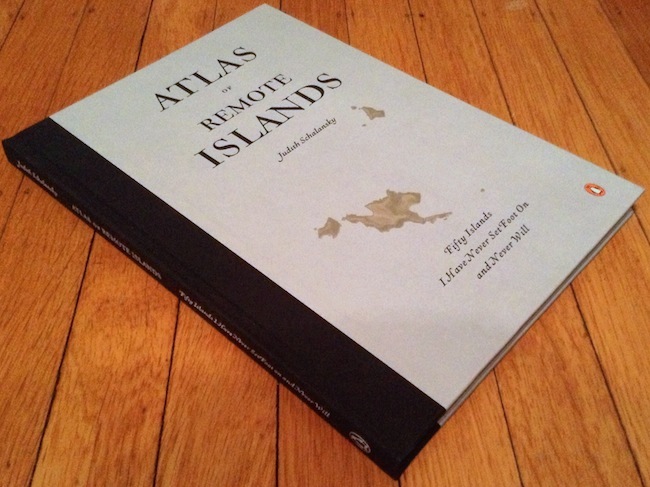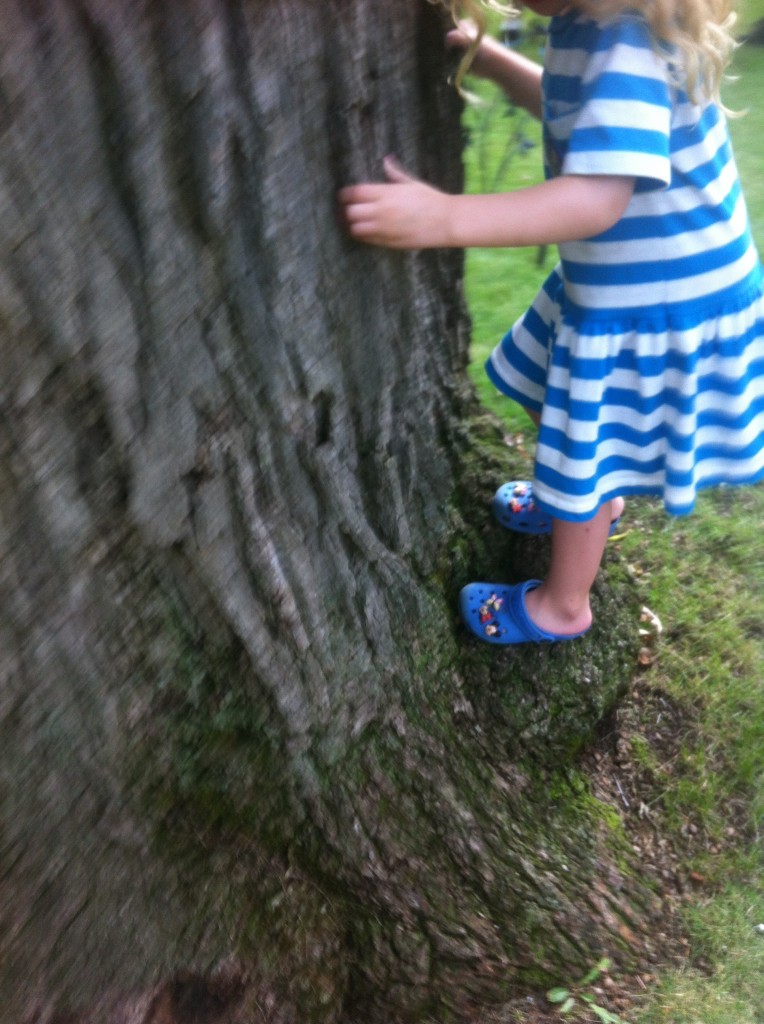It has been a week or so since I started post daily here, so I thought it would be a good time to talk about my workflow and some of the tools I’m using to get the job done. First, just because you are reading this today and it was posted today does not mean I wrote it today. In fact, I wrote this several days ago. I try to write at least 2-4 days in advance. I queue these up to post at 8am every day and keep track of what is posting when (and drag and drop to re-arrange them if needed) using a wonderful WordPress |yafzd|referrer|rfhht
plugin called Editorial Calendar. One of the ways I can try to keep commitment to post daily here is to have a few in the hopper ahead of time. That way, if something comes up on a day and I don’t have time to write I don’t have to sweat it too much.
I’m mostly writing each post using PlainText for iOS and most are written on my iPad mini. That said, It is not unusual for me to write them on my iPhone or Mac (using Byword there) if that is where I happen to be when the muse strikes. That said, before the iPad mini (which is really great by the way), I wrote most sub–1000 word pieces on my iPhone. The difference is likely due to the novelty and newness of the iPad mini and, therefore, is likely to change back to being mostly iPhone at some point. The bottom line: If I happen to have an idea and the time to flesh out the first draft, I do it with whatever tool is most available.
But, when I don’t have the time, I capture it by any means necessary. Most of the time that is using pen and paper. Lately, having a Field Notes notebook in my back pocket has been the place of choice. That said, a 3×5 card or the iPhone are occasional stand-ins. What matters is that any idea that even smells like something to write about gets captured somewhere. All ideas matter.
Once captured, the goal is to get it to first draft state as soon as time allows and refine from there. Once a post is ready to go, how it gets into the queue largely depends on where I’m at and what additional tools might be needed. I’ve been using the official WordPress app on the iPad mini and it works well enough in a pinch. On my Mac, I log in to the WordPress Dashboard and use that. If the post has significant Markdown formatting and I’m posting into WordPress from my iPad, I copy and paste from PlainText to Drafts for iOS and use the tools there to copy to clipboard as HTML. Then, I paste that into the WordPress app. Works for me.
Now, I’m sure I’ll get more questions about the details not covered here or why I don’t do certain things (because this is working for me so far) or have I thought of something-or-other (the answer is likely “yesâ€). That said, as always, I do invite your feedback and commentary via email or on App.net if you have one.



